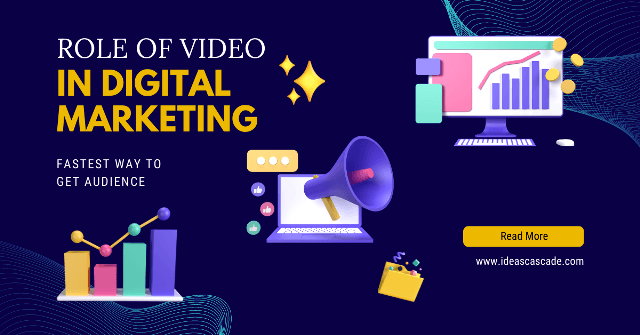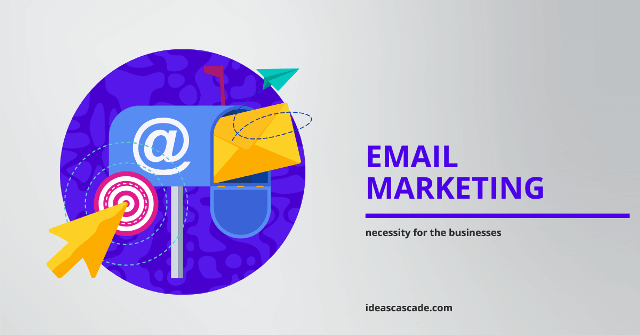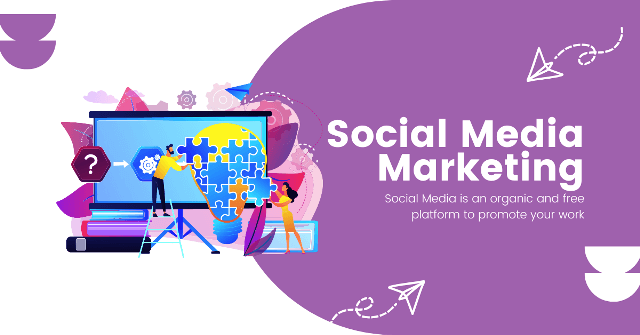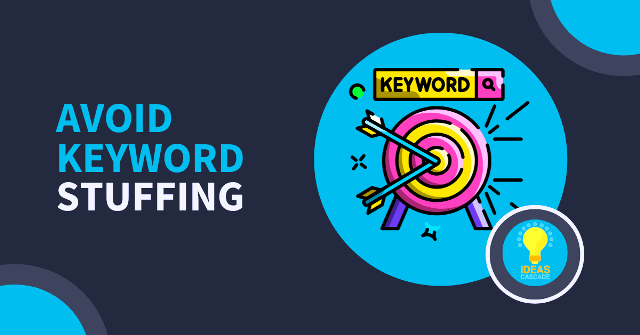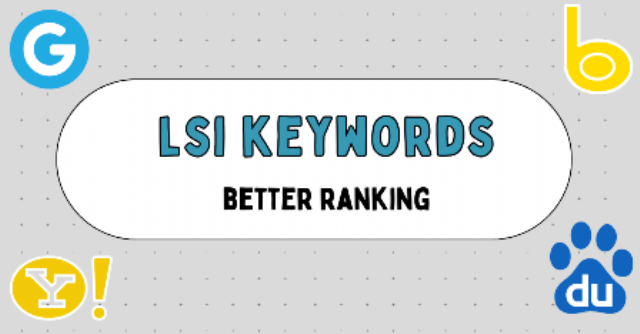Marketing is the art of presenting the product in a way that turns the audience into customers. Today’s digital era demands employing several digital techniques for efficient marketing. Besides, picturing your product on several social media platforms, videos have emerged as one of the most efficient methods to achieve the goal.
Previously, TV commercials were the only means to present products through videos but they required a huge budget and professional expertise, making it challenging for small ventures to do so. However, a recent boom in social media platforms has turned the game upside down by enabling small ventures to efficiently and significantly increase their sales without breaking the bank.
Additionally, digital media is more accessible, cost-effective, and a more impactful platform. Moreover, the uniqueness of this platform is allowing businesses to craft the brand story more efficiently and effectively. Also, it helps in sharing videos across various platforms without labor or additional marketing costs.
In this article, we will explore various types of videos that yield good results with some pro tips to maximize the audience in a minimum timeframe.
How are videos playing their role in the digital arena?
In the domain of business and sales, designing visual content addressing the audience’s needs is crucial for growth and trust. Here are some common ways that videos are significantly impacting the marketing strategies:
Live videos
Using live videos, a company representative interacts with the audience in real-time directly across multiple social media platforms. In this way, the audience finds it compelling to seek the queries directly from the company. Approximately, 25% of marketers find traction in live videos. On the other side, it is also estimated that more than fifty percent of social media users find it useful and interesting to join live chats, increasing audience connectivity.
Product Reviews
With the meteoric rise of social media influencers, sending PR packages has become a prominent marketing approach. In return, positive reviewing videos swiftly boost sales and audience engagement. Therefore, it is now crucial for businesses to collaborate with social media figures for rapid growth and popularity.
Tutorials
Imagine you are roaming around a market and randomly picking up a product without knowing its usage. You would likely visit YouTube for the tutorial on the same product. If you can find the related tutorial, the product will add value to the shopping experience, otherwise, you may end up wasting the product and not buying it again. Therefore, a company needs to produce tutorial clips of its product to help customers understand it easily and increase the likelihood of sales.
Brand story
Creating a video that effectively communicates the company’s mission and vision helps promote the brand’s identity. Crafting relatable and compelling content establishes audience connectivity with the brand and fosters sales.
Others
Additionally, various other types may include promotional, occasional sales videos, or any situation-targeted content based on the company’s goal and mission.
Why should we use videos in digital marketing?
In digital or social media marketing, creating engaging content consistently is essential to leave a remarkable lasting impression on the audience. In this regard, videos play a key role, surpassing the conventional lengthy paragraphs describing the product. People are inclined towards watching videos rather than reading lengthy text. Here are some other important reasons why to use videos in digital marketing.
SEO friendly
In the digital landscape, search engine optimization is paramount for achieving the goal and for that, there is nothing better than videos, because it helps in achieving a good SEO ranking. The most common used search engine GOOGLE loves videos and ranks the web pages containing videos on top of SERP. Also, videos tend to receive greater user engagement, hence improving SEO ranking better.
Audience engagement
As described earlier, visuals tend to receive more engagement than long articles. As many of you must experience, when you visit a website for some tutorial, you are inclined to watch the video rather than read the lengthy descriptions. Therefore, the visuals serve as a powerful means to attain views and engage the audience effectively.
Easy to make
With the advancement in digital media and technology, creating compelling videos has become enormously accessible with various software and AI tools. Also, the ease of crafting the content, and sharing it across multiple platforms adds great value. It maximizes the views and sales in a short span.
How can we create powerful videos?
Understanding the significance of visual content in digital marketing and boosting sales is crucial but equally important to grasp the key strategies and master the techniques to receive massive responses to those videos.
Among various other strategies, first understand the optimal length of videos on each platform before posting them. These optimal lengths have a key role in SEO and receiving views. For example, the most popular social media video platform YouTube garnered results with at least 2-minute-long videos.
The algorithm of another important social media platform trend for reels and pictures ‘Instagram’ favors the 30-second reels whereas, Facebook engages the audience for up to a 1-minute lengthy video.
On the other hand, Twitter known for spicy tweets supports only 45-second videos as these are the threshold timings of people likely to stay engaged before scrolling to the next post.
Hence, it is crucial to craft concise videos highlighting the important points of the product ensuring audience engagement.
Besides the length of clips, craft videos that are more specifically mobile-friendly and have a clear CTA (Call to action) option just below the video content for quick engagement and sales conversion rate.
These platform-specific guidelines help marketers design quality and concise content to captivate audience attention and drive engagement.
Conclusion
In today’s digital landscape, the importance of visuals cannot be overstated. There are plenty of video formats that can be used to design content that accelerates growth more rapidly than conventional lengthy descriptions.
Videos not only promote the business but also build brand identity, and popularity leading to word-of-mouth promotion and ensuring audience engagement and connectivity.
With the ongoing advances in technology, the significance of videos in fostering sales and growing customer engagement will continue to rise. Companies can stand out in the online crowd by creating unique and compelling versatile video formats.
